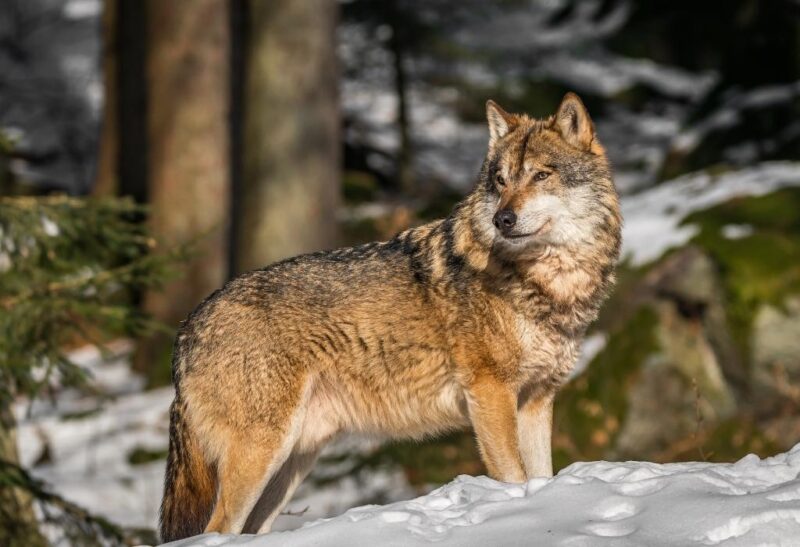Wolves usually live as a pack that inhabits a specific area that they protect from other packs. The members of the pack have ranks and roles which relates to the welfare of the group. They do most things together like hunting and relaxing. The pack unites by fulfilling their responsibilities based on their ranks.
A Beta wolf is the second in command to the leader, the Alpha. This rank is an advisor to the leader of the pack, and it implements discipline among the lower rank members if necessary. Since there’s a separate hierarchy based on gender, there are male and female Betas.
Scientists think that when an Alpha is injured or perished, the male Beta takes its place. Hence, Beta has the most delicate role as it needs to maintain the balancing act for everyone in the pack.
Table of Contents
What Is a Beta Wolf?
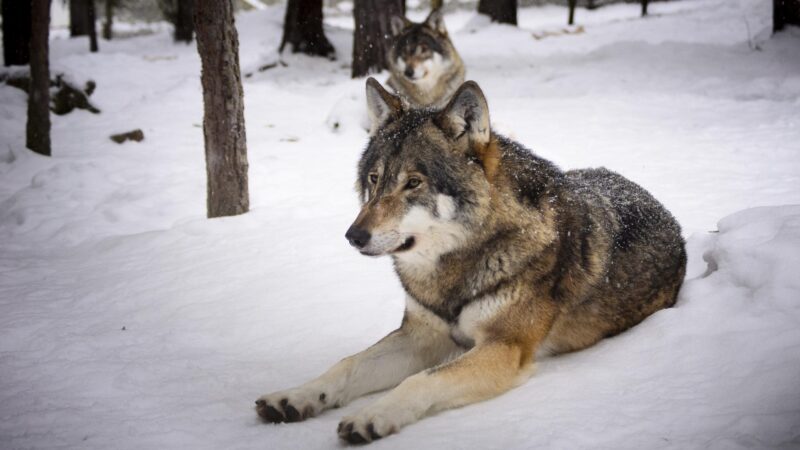
A Beta wolf is a second-highest rank in a wolf’s pack. However, this position is not necessary for smaller packs as the Alpha wolf can handle everything. In bigger packs, a Beta wolf can be a male or female. But a male Beta is more dominant than a female Beta because it’s bigger.
Looking at the Greek alphabet, ‘Beta’ means ‘B.’ This word also refers to a draft or something that is not complete or undeveloped. Furthermore, the representation of Beta is not always on the top, like the Beta wolf on the second rank of the wolf hierarchy.
A Beta wolf is expected to be the substitute for the Alpha wolf when it is not around. Its responsibilities include leading the entire pack, taking control of the hunting, and protecting the pack from any threats. Since male and female Beta wolves can both exist, they have different roles.
Male Beta Wolf
This rank is considered an enforcer or peacemaker. A Beta wolf conducts disciplinary action when the lower ranks misbehave. It should be dominant among the members except for the Alpha. Hence, it’s a difficult role to maintain.
While the Beta wolf stays calm and neutral, the Alpha wolf is more dominant and aggressive by nature. The Beta wolf can only demonstrate dominance when the Alpha is not around. It can be the permanent Alpha once the former Alpha dies. When the members of the pack don’t agree with the set-up, they will split up.
Female Beta Wolf
She’s not as aggressive and confrontational as her male counterpart. Moreover, she doesn’t bear young like the female Alpha. Instead, she helps the female leader to take care of the babies. She also works for the peace and order of the pack.
What Do Beta Wolves Look Like?
Beta wolves are full-grown wolves with fierceness, and they can look similar to your canine companions at home. Even though it’s just second to the Alpha wolf, it’s bigger and stronger. With these characteristics, it makes sense why they are the rule enforcers in the pack.
What Is the Role of a Beta Wolf?
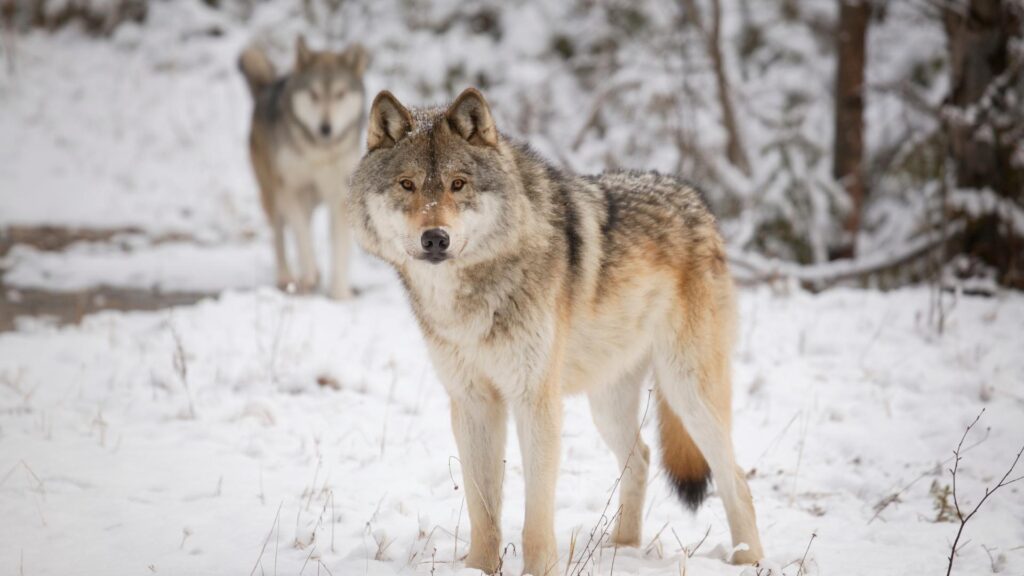
Even if the Alpha wolf hunts with the pack, the Beta wolf still has a role. The Alpha takes control, but the Beta supervises the following steps:
- Formation – There are instances when the pack can’t immediately see the prey, so the Beta encourages formation as they move forward to find the prey.
- Wander – If the Alpha is out of sight, it will initiate to find the leader, and the pack wanders.
- Stalk – After finding the prey, stalking begins.
- Attack – The pack will attack the prey once it can. The usual actions are pouncing, clawing, and biting.
- Meal – When the prey is taken down, the wolves start eating or carrying their meal to their colony.
The position of Beta wolf is difficult because there’s a need to balance things. Depending on the situation, this wolf has to be submissive and dominant. On the positive side, this rank is stable. They know their role, which is also acknowledged by the members in lower ranks.
The submissiveness of a Beta wolf is shown in respecting the Alpha. When a wolf in the pack shows disrespect to both male and female Alpha, there are consequences or punishments. Thus, the Beta lets the Alpha eat first. It can eat together with its leader once invited.
Wolf Ranks and Pecking Order
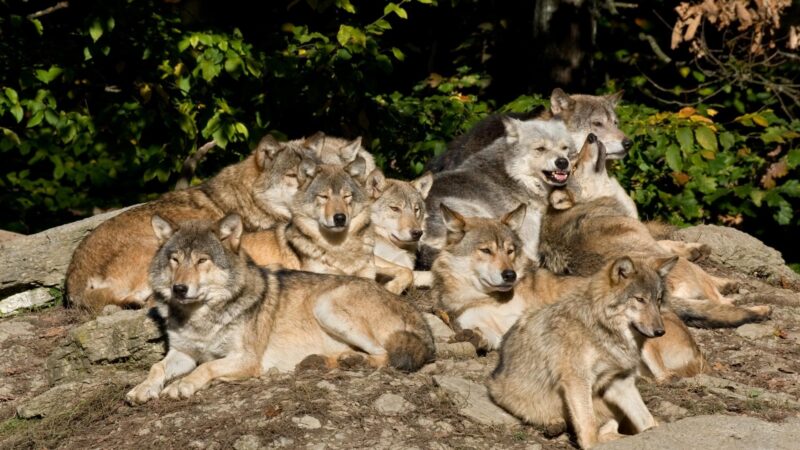
An average pack usually consists of 5 to 9 wolves that have a strong social bond. But it can have 2 to 20 members. With the hierarchical order, the pack becomes effective in reaching its goals. The Alpha is recognized as the highest rank.
Alpha Wolves
Though Alpha is referred to as the leader of the pack, it can also be called a breeder. There are male and female Alphas as they’re the ones that produce offspring in the pack. The female Alpha is also called Luna wolf.
There’s no fighting over dominance in a pack as everyone is submissive to Alpha wolves. The revered male Alpha protects its family from threats even during hunting. He selects the female Alpha that he can breed with. The male Alpha will stay with the female Alpha, but he can sometimes mate with other females.
Alpha males rarely display aggression or violence toward their subordinates. He typically asserts his dominance through scruff shaking, staring, and doing the Alpha roll. However, a younger wolf can challenge him. Depending on his health and condition, he will concede or fight to keep his position. When he’s driven away from the pack, another dominant male will replace him.
A female Alpha gains dominance due to her connection to the male Alpha. At some point, the male Alpha selects another female from the lower rank to breed with. This chosen female joins the Alpha ones, and her rank becomes a bit higher than the rest of the pack.
Beta Wolves
Large packs need beta wolves or enforcers. However, this rank may not be necessary for smaller packs. Beta wolves ensure that the rules are followed and those in lower ranks. You’ll likely see them get in between when a wolf harasses someone and some wolves misbehave.
Omega
Wolves that have grown up smaller and weaker than the others fall into this rank. They’re not seen as the lower ones as it’s only a matter of size and strength. The canine dynamics in a pack depend on the social benefits, and all the members acknowledge it without contempt.
So, squabbles and fights rarely occur among these wolves. These things only happen when a new member joins the pack to establish a rank. An Omega wolf will be cast out of the pack when it keeps challenging the wolves in higher ranks.
Another reason for expulsion from the group is if the wolf has little contribution to hunting and protecting territory. Omega wolves may be smaller, but they’re faster, so they chase prey and make it exhausted and unable to escape. They also watch out for danger and warn the pack.
How Do Wolves Live In the Wild?
A pack of wolves is a familial unit that integrates an emotional connection with each member. The members have tasks such as guarding their territory and hunting for food. These are continuous practices as the adults teach their young.
Hence, wolves are like humans with a culture that they pass on to the future generation. When the pack hunts, wolves can roam for up to 12 miles a day. They go through the familiar route within their territory that has scent markings so other packs won’t meddle with it.
Their favorite prey are elk, deer, and moose. They may also consume fruits, small mammals, lizards, snakes, birds, and fish. Wolves are known for their voracious appetite. If there’s an ample amount of food, they don’t eat in moderation but devour what they can.
An alpha wolf has distinct coloration, markings, and bold lines on its body. When a wolf loses a rank, its markings become less distinct. Biologists connect this with what they eat. Each rank eats a certain body part of the prey, affecting their markings and lines.
Is Beta Stronger Than Alpha?
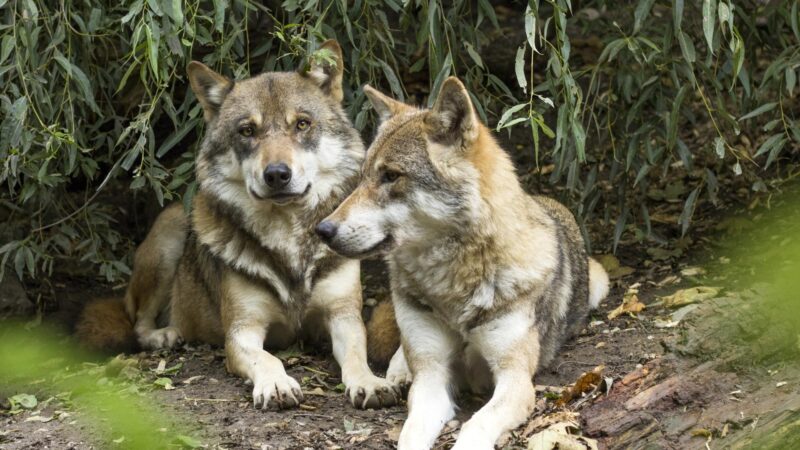
Beta is stronger than Alpha, but it’s just second in command.
Can a Beta Wolf Become an Alpha?
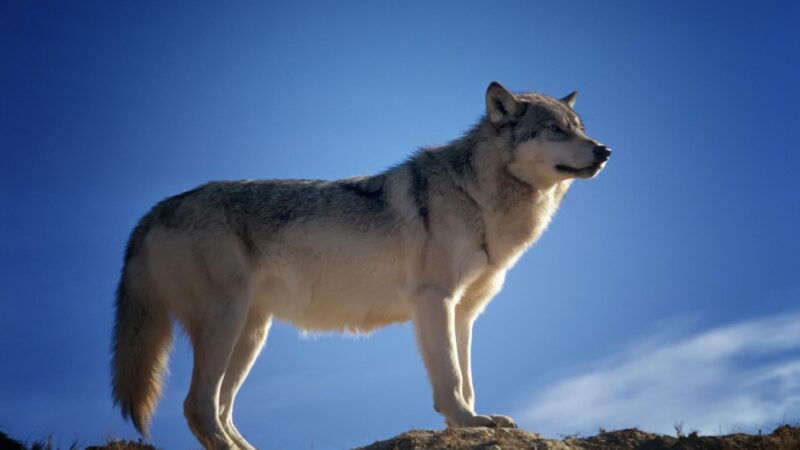
A Beta wolf can become an Alpha once the latter dies. The whole pack should agree with this. If not, the pack will be gone as there’s no Alpha to lead them.
Despite being second to the Alpha, a Beta wolf is bigger and stronger. Since the hierarchical order is based on the benefits it can bring to the pack, the Beta wolf is the appropriate rank to be the enforcer. It maintains the order in the pack and ensures that everyone abides by the rules.
List of Sources
Montanaro, A. S. Wolves of Today. University of Bridgeport.
Mowry, T. (2011). Big Wolves and Ordinary Wolves – Wolf Weight Depends on When and What They Last Ate. Alaska Department of Fish and Game.
Mech, L. D. (1999). Alpha status, dominance, and division of labor in wolf packs. USGS Northern Prairie Wildlife Research Center.
Wolf Ecology Basics. (2021). National Park Service – U.S. Department of the Interior.
